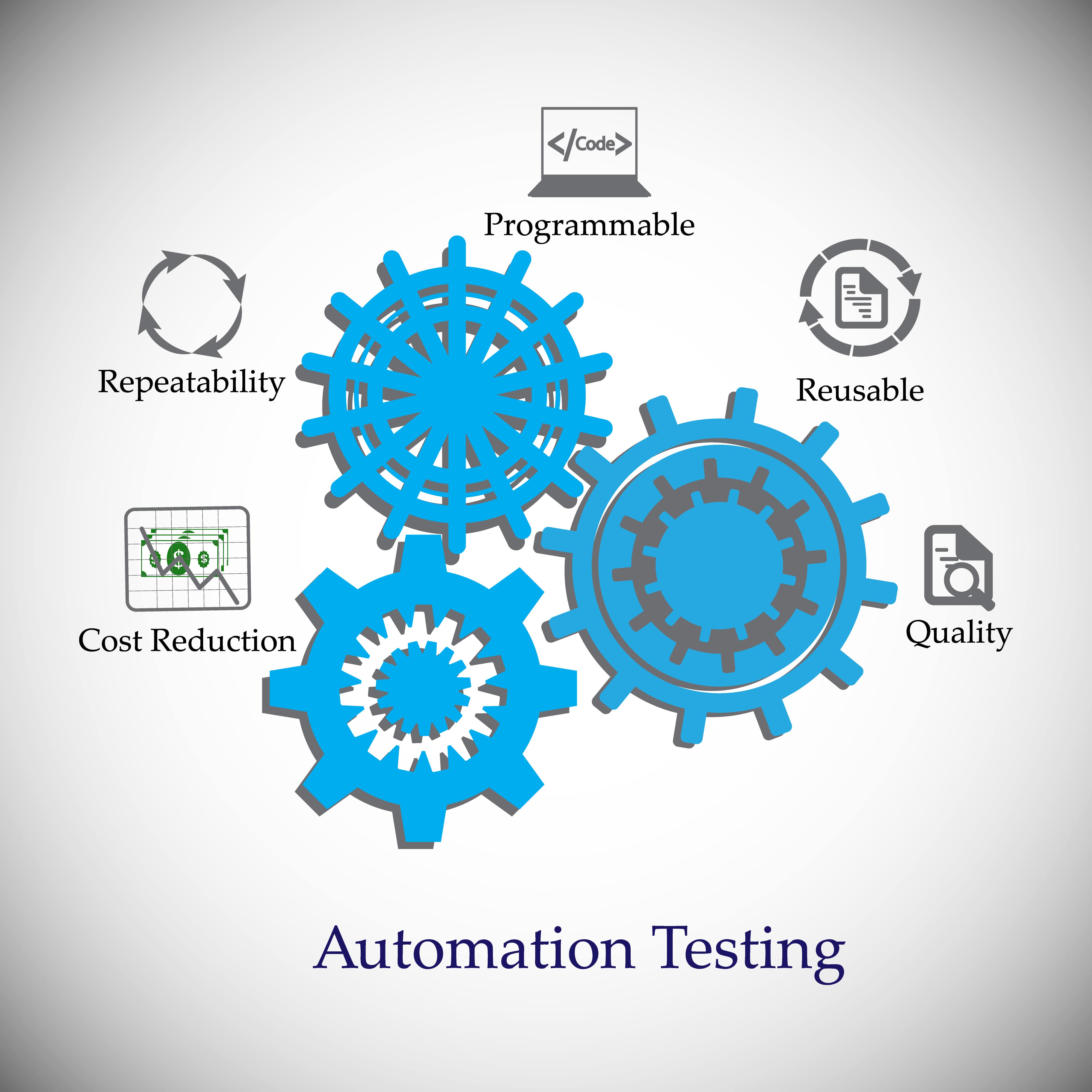Automation Testing: Key Tips to Improve Growth Lifecycles
Automation Testing: Key Tips to Improve Growth Lifecycles
Blog Article
From Manual to Automated Screening: A Comprehensive Guide to Transitioning Smoothly and Effectively
In the world of software program testing, the shift from manual to automated procedures has ended up being a significantly important transition for companies looking for to boost performance and accuracy in their testing techniques. The trip from guidebook to automated testing is not without its challenges, however when come close to strategically and with a clear strategy in mind, the benefits can be significant.
Advantages of Automated Testing
Automated screening offers countless advantages, boosting performance and precision in software application development procedures. One key advantage is the considerable decrease in testing time. Automated tests can be run all at once on multiple tools and operating systems, significantly accelerating the screening stage compared to manual testing. This enhanced efficiency permits for faster feedback on the top quality of the software, making it possible for designers to recognize and deal with issues immediately.
Furthermore, automated testing makes certain a greater level of accuracy in discovering problems. Consistency in screening is likewise enhanced, as automated tests perform the very same steps precisely each time they are run.
Picking the Right Devices

To start with, analyze your requirements and purposes. Recognize the range of your job, the modern technologies entailed, and the capability of your team. This evaluation will certainly help you identify the capabilities and attributes you require in your screening tools.
Secondly, think about the compatibility of the tools with your existing systems and procedures. Seamless assimilation with your present software application development lifecycle is vital to ensure a smooth shift to automation.
In addition, examine the scalability and adaptability of the tools. As your screening requires develop, the tools need to be able to adjust and fit adjustments successfully.
Last but not least, element in the support and area around the tools. When carrying out automated testing, robust assistance and an energetic customer community can supply important sources and help. By very carefully considering these aspects, you can choose the right tools that line up with your needs and established the phase for an effective transition to automated screening.
Composing Reliable Test Manuscripts

When crafting test manuscripts, it is vital to consider the certain requirements of the software program being evaluated and make certain that the scripts attend to all crucial capabilities. Detailed and clear calling conventions for examination scripts and examination situations can enhance readability and maintainability. Furthermore, including error handling systems within the test manuscripts can help in determining and addressing problems immediately.
Furthermore, organizing test manuscripts right into modular components can enhance reusability and scalability, lowering redundancy and enhancing efficiency in test manuscript upkeep. Regular reviews and updates to check manuscripts are crucial to keep speed with progressing software program requirements and functionalities. By complying with these principles, testers can produce durable and reliable examination manuscripts that add considerably to the success of automated testing processes.
Integrating Automation Into Workflows
Effective combination of automation devices right into existing operations enhances and enhances procedures performance within software program development cycles. When including automation right into operations, it is crucial to identify repetitive jobs that can be automated to conserve time and reduce human error. By effortlessly incorporating automated screening tools like Selenium or Appium into the software development lifecycle, groups can attain faster comments on code modifications, resulting in quicker bug discovery and resolution. This combination permits continuous screening throughout the growth process, guaranteeing that any issues are recognized beforehand, causing higher software top quality. In addition, automation can be investigate this site utilized to set off tests instantly use this link after each code dedicate, providing prompt validation and liberating testers to concentrate on more facility situations. Proper assimilation of automation tools calls for cooperation between growth, testing, and procedures teams to develop a unified process that optimizes performance and effectiveness in supplying top notch software.
Making Certain a Smooth Transition
Successfully transitioning to automated testing entails meticulous planning and mindful implementation to maximize and lessen disruptions efficiency in the software application growth process - automation testing. To ensure a smooth change, it is important to begin by conducting a thorough assessment of the current testing procedures and identifying locations where automation can bring one of the most substantial benefits. Engaging with all stakeholders at an early stage at the same time, including developers, testers, and job supervisors, is important for amassing support and buy-in for the automation effort
Interaction is essential during this change stage. Clear interaction of the goals, benefits, and expectations of automated testing aids to take care of any kind of resistance or worries that might arise. Furthermore, supplying sufficient training and sources for staff member to upskill in automation tools and strategies is vital for making sure a successful change.

Final Thought
To conclude, transitioning from handbook to automated testing provides many benefits, including boosted efficiency and dependability. By selecting the ideal devices, writing reliable examination manuscripts, and integrating automation flawlessly right into operations, organizations can make certain a smooth and successful shift. It is important to welcome automation as a beneficial asset in software application Check Out Your URL testing processes to enhance overall quality and performance.
In the world of software application screening, the shift from guidebook to automated processes has become an increasingly crucial transition for companies looking for to improve effectiveness and accuracy in their testing practices. Automated examinations can be run concurrently on several tools and running systems, substantially speeding up the screening phase compared to manual screening. Consistency in screening is likewise boosted, as automated tests implement the exact same actions specifically each time they are run.To guarantee the effective application of selected screening devices, the development of efficient test manuscripts plays a vital role in confirming the functionality and performance of automated processes - automation testing. By complying with these concepts, testers can produce robust and effective examination scripts that add significantly to the success of automated testing processes
Report this page